Packaging regulations
Whether you are a packaging producer or a buyer, there are several guidelines one must follow. Below you will find a table showing seven regulations that are in effect in the EU; their purposes, some general regulations, who they affect and the timeline of regulations.
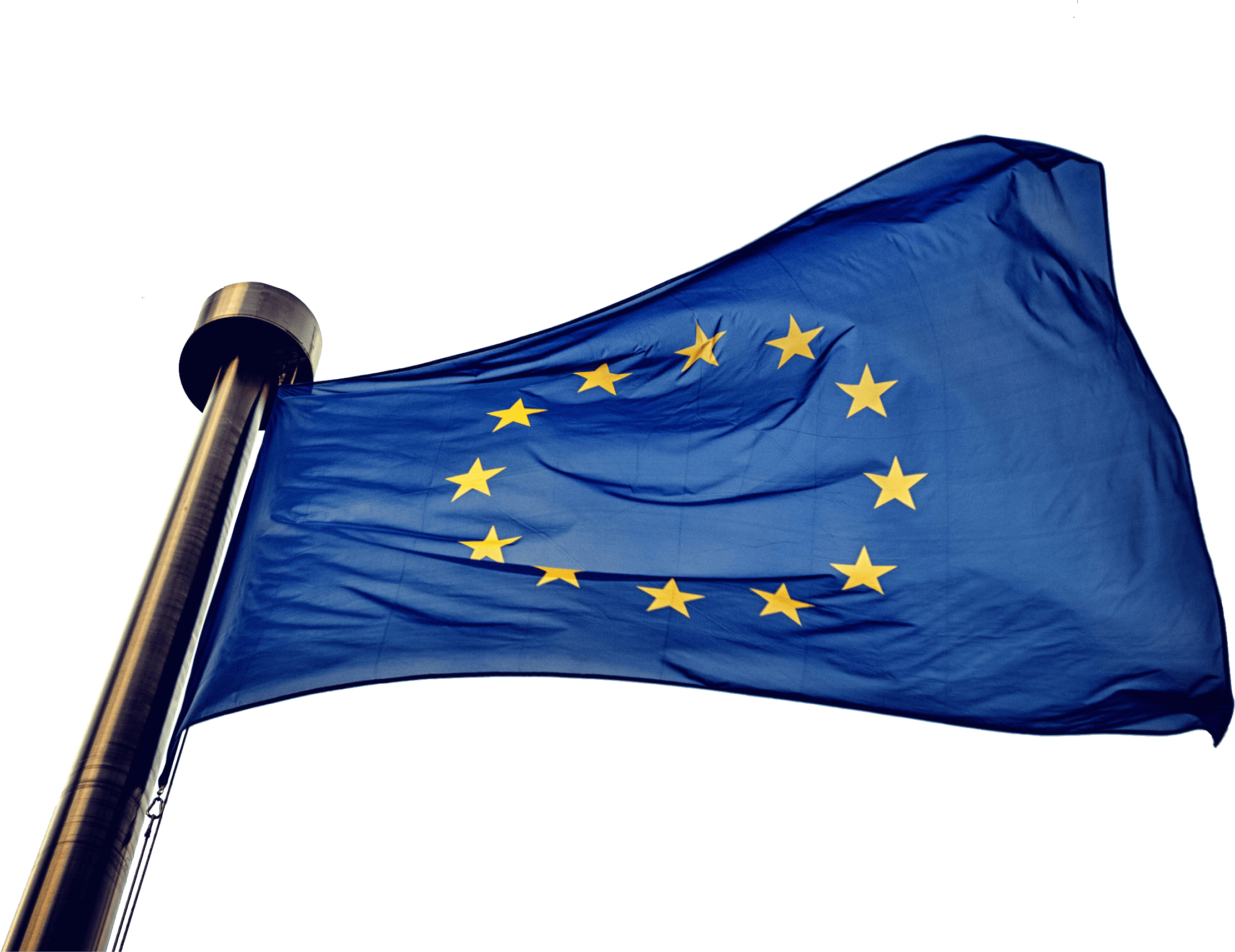
Regulation→ |
The EU Packaging and Packaging Waste Directive + Amendment | The EU Waste Framework Directive 2008 / 2018 | The Single-use Plastics Directive 2019 | The EU Strategy for Plastics in a Circular Economy 2018 | New Circular Economy Action Plan 2020 | Own Resources Decision - EU Plastic Tax | Sustainable Products Initiative (SPI) |
|---|---|---|---|---|---|---|---|
| Purpose: | Ensure that packaging is the best it can be with respect to the environment | Addresses waste management in general, with specific targets concerning packaging waste | Reduce volume of plastic which ends up in oceans | Increase collection and recycling rates of plastic packaging with targets for 2030 | Promote better packaging designs and move towards circular economy | Economic incentive to increase amount of plastic recycled, & stimulate a circular economy | Make the products entering the EU market more sustainable |
| Main regulations: |
Packaging should be:
|
|
|
By 2030:
|
|
|
|
| Who does it affect? | Member states, packaging producers and importers | Member states, packaging producers & importers | Member states, & packaging producers & consumers | Member states & packaging producers | Member states & packaging producers | Member states & packaging producers | Packaging producers & importers |
| Timeline: | Initially put in place 1994, with changes made in 2018 | Initially put in place 2008 (part of larger directive from 2018) | Put in place 2019 | Put in place 2018 with targets for 2030 | Put in place 2020, with packaging specific targets for 2030 | In place since June 2021 | Planned to be put in place in end of 2021 |
What can I do as a producer?
As a producer, the EU regulations might seem overwhelming. Generally, once the directives have been agreed upon by the EU member states, it becomes their responsibility to integrate these into their respective national legislations. This is where you as a producer comes in. Depending on which country you are based in, and which country you are selling to, rules might be different, but the neat part is that most national regulations can be traced back to the EU.
Producer responsibility is increasing, meaning that as producer it will be up to you, not the consumer, to make sure that the product is disposed of responsibly. To help you along the way, we have summarized the main things you can do to ensure that your products safely pass through the EU-regulation gauntlet!
*Oxo-degradable – plastics designed to degrade in the environment. However, also leaving behind microplastics.
- Design for reuse and recycling- This point often appears in the EU directives, and is high up on the list of priorities and targets
- Ensure your products are clearly labelled - The easier it is for the consumer to know what to do with their package, the likelier it is that it ends up being recycled or reused
- Strive to use bio-based and biodegradable materials - Fossil based materials are a thing of the past, and the EU is pushing for more products to be made from renewable source
- Keep your products free from hazardous chemicals - In addition to being regulated by the EU, dangerous chemicals in products pose a threat to humans and the environment
- Stay away from single-use plastics, and do not meddle in oxo-degradable* - If you have made it to our site, then you have most likely moved on from single-use plastic products already
- Switch to renewable energy - Making the switch to a renewable energy source, whether it be during transportation or production, will benefit the environment and increase the longevity of your business
- Optimize your product in terms of weight and volume - Lighter materials and smaller volumes will greatly improve the transport efficiency of your products, and alleviate the burden on the environment
- The EU plastic tax is here! - How this will be managed in each country will vary, but you can feel safe if your product is designed for recycling and has clear labelling
What can I do as a buyer?
As a buyer, the EU directives will not regulate as much as it does for producers, but they can still be useful to stay on top of. As these directives spill down into the individual EU states' legislations, understanding how the current and future packaging trend looks like can help you make the right packaging decision. Ensuring that your packaging supplier stays in line with these directives can future-proof your business and establish your place within your respective industry.
Some key points for you as a buyer to keep in mind about the EU directives:
- Is my current packaging solution and supplier following the regulations, or do I need to find a new one that does?
- Is my desired packaging choice good for the environment? Does it go in line with the EU regulations?
Local regulations
Table showing an overview of 10 countries in the European Schengen area and their respective legislations with respect to existing or expected goals set by the European Union. As you can see some countries even have more ambitious targets than the EU.
Existing / expected goals by the EU→ |
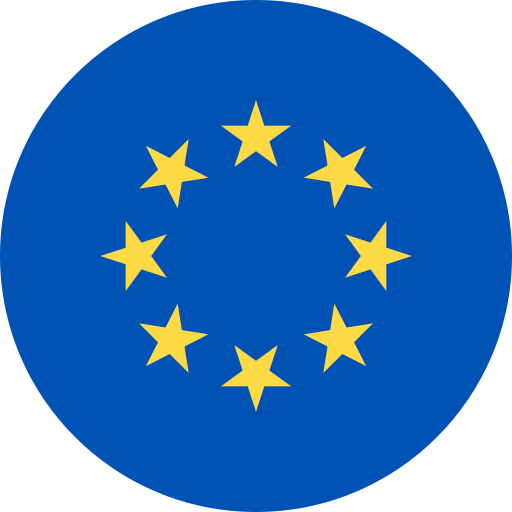
|

|
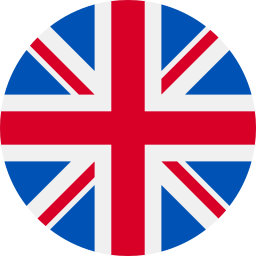
|

|
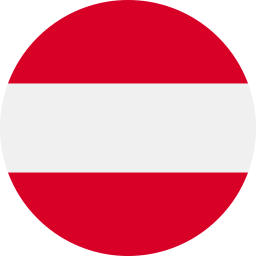
|
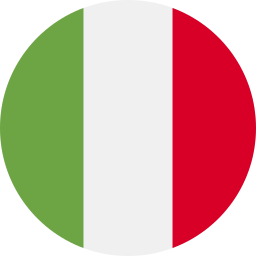
|

|

|
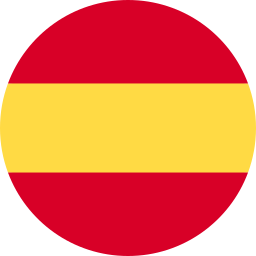
|
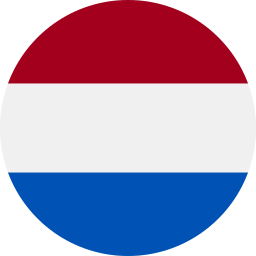
|

|
|---|---|---|---|---|---|---|---|---|---|---|---|
| Measures limiting single-use plastic | *Targets 10 most common single-use plastic products | ● | ● | ● | ● | ● | ● | ● | ● | ● | ● |
| Producer responsibility schemes for packaging or plastics | *Recommendation for member states | ● | ● | ● | ● | ● | ● | ● | ● | ● | ● |
| Taxes on packaging or plastics | *Targets non-recyclable plastic | ● | ● | ● | ● | ● | ● | ● | ● | ● | ● |
| Recycling or waste reduction targets | *Legally binding agreement | ● | ● | ● | ● | ● | ● | ● | ● | ● | ● |
No Legislations
Not as strict as EU targets
EU targets
More ambitous than EU targets